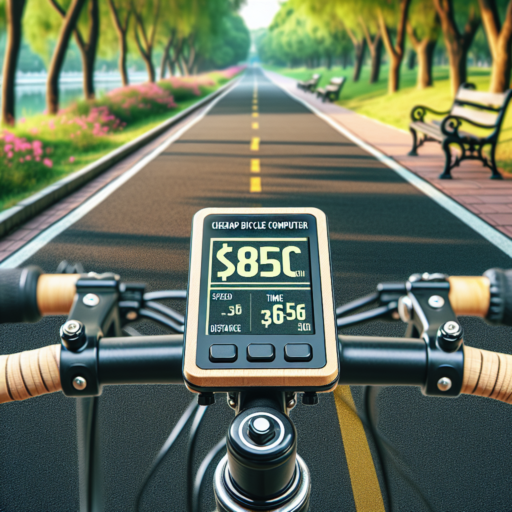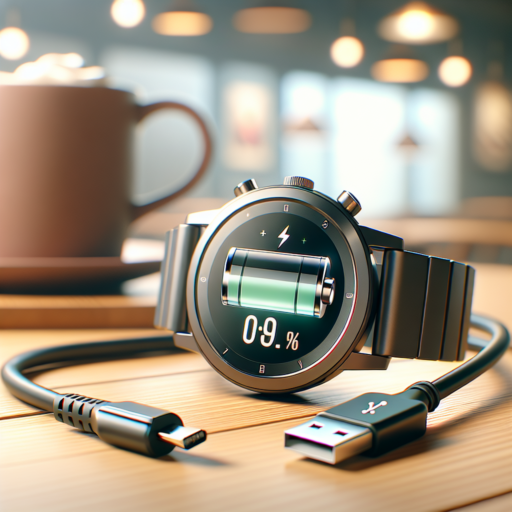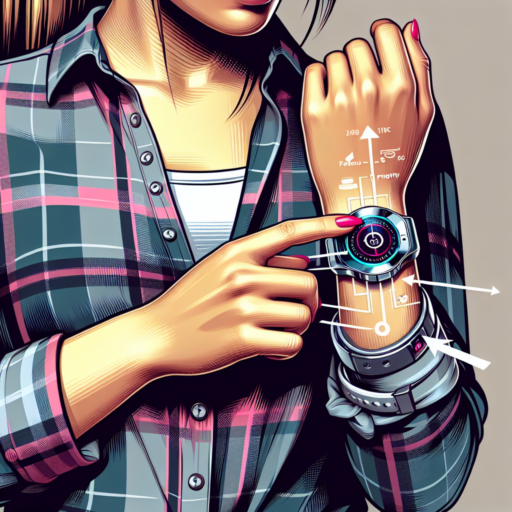Do I need an expensive bike computer?
Understanding the Basics of Bike Computers
When considering whether to invest in an expensive bike computer, it’s important to understand what these devices offer. At its core, a bike computer provides data about your ride, including speed, distance, and, in more advanced models, GPS navigation, heart rate, and power output. Knowing precisely what features you need can guide your decision on how much to spend.
Comparing Features Vs. Cost
The range of features in bike computers can be vast – from simple models that track basic metrics to highly sophisticated units with connectivity features, mapping capabilities, and training metrics. Therefore, evaluating whether these advanced features align with your cycling goals is crucial. For casual riders, a less expensive model might suffice, whereas competitive cyclists might benefit from the detailed analysis an expensive bike computer can provide.
Investment in Your Cycling Experience
Lastly, consider how an expensive bike computer can be seen as an investment in enhancing your cycling experience. High-end models often offer a more user-friendly interface, better durability, and a seamless integration with other devices. These aspects can significantly improve the quality and enjoyment of your rides, making the investment worthwhile for avid cyclists who prioritize their cycling performance and convenience.
Can a smartphone replace a bike computer?
In the modern era of cycling, the debate between using a smartphone or a bike computer for tracking and navigation is ongoing. With the advancement of technology, smartphones have become a versatile tool capable of performing a multitude of tasks, including those traditionally reserved for a bike computer. However, the question remains: Can a smartphone truly replace a bike computer for cyclists?
Functionality and Application
Smartphones today come equipped with an array of features that parallel those of bike computers. Through the use of dedicated cycling apps, riders can access GPS navigation, speed tracking, distance calculations, and even detailed analysis of their rides. This convenience and multifunctionality of smartphones offer a compelling case for riders considering whether they need a separate device for cycling.
Limitations and Considerations
Despite the appealing functionalities of a smartphone, there are several limitations and considerations that come into play. First, the battery life on a smartphone, when used extensively for GPS and data tracking, can be significantly lower than that of a dedicated bike computer. Additionally, smartphones may not offer the same level of durability and weather resistance, making them a less reliable option during long rides or in adverse weather conditions. Moreover, the size and weight of a smartphone could be cumbersome for some riders, affecting the aerodynamics and overall cycling experience.
Can you use an iPhone as a bike computer?
Certainly, using an iPhone as a bike computer is not only possible but also increasingly common among cyclists. With advancements in technology and a wide array of cycling apps available, your iPhone can serve as a powerful tool on your rides. It can perform most of the functions of a traditional bike computer, providing you with a plethora of data and connectivity without the need for additional devices.
How to Transform Your iPhone into a Bike Computer
Transforming your iPhone into a bike computer is straightforward. You’ll need to select a cycling app that suits your needs, such as Strava, MapMyRide, or Cyclemeter. These apps can track your speed, distance, elevation, and route. To enhance your experience, consider adding sensors such as a speed and cadence sensor or a heart rate monitor that is compatible with your iPhone. Mounting your iPhone on your bike’s handlebars is essential for easy viewing, so investing in a sturdy, waterproof mount is recommended.
Benefits of Using an iPhone as Your Bike Computer
The benefits of using an iPhone as a bike computer are significant. You have access to GPS navigation, allowing you to explore new routes confidently. Additionally, the connectivity offers real-time tracking, which is perfect for sharing your location with friends or in case of an emergency. iPhones have large, clear displays for easy data reading, and with cellular data, you can upload your ride details directly to social media or cycling communities.
In summary, leveraging an iPhone for cycling activities is not just a matter of convenience but also adds a layer of safety and community to your rides. With the right setup, your iPhone can effectively replace traditional bike computers, making it an indispensable tool for modern cyclists.
Can I use Strava as a bike computer?
Many cyclists, from amateurs to professionals, ponder the question: Can I use Strava as a bike computer? The simple answer is yes. Strava, initially designed as a community for athletes, has evolved into a multifunctional tool that can indeed serve as a bike computer, catering to various cycling needs. This adaptability has positioned Strava as a go-to app for cyclists around the globe.
Strava’s functionalities allow cyclists to track rides, analyze performance, and even compare their results with others in the Strava community. When used as a bike computer, Strava offers the convenience of using your smartphone to track real-time data such as speed, distance, and route navigation. This versatility means that with Strava, cyclists can enjoy the benefits of a traditional bike computer without the need for additional hardware.
However, it’s essential to consider the limitations when using Strava solely for this purpose. While Strava provides many features that are beneficial for cyclists, it may not offer the same level of detail or accuracy as a dedicated bike computer. For example, Strava relies on the GPS functionality of your smartphone, which can sometimes be less precise than the specialized hardware found in high-end bike computers.







